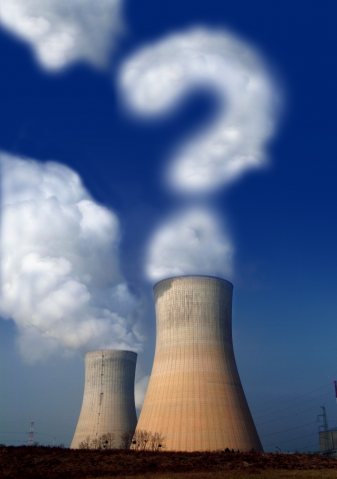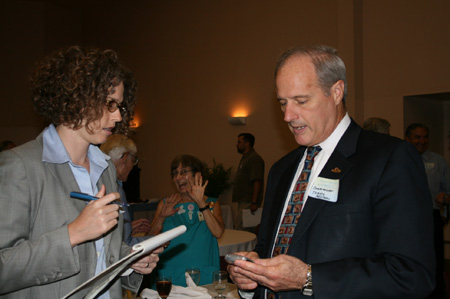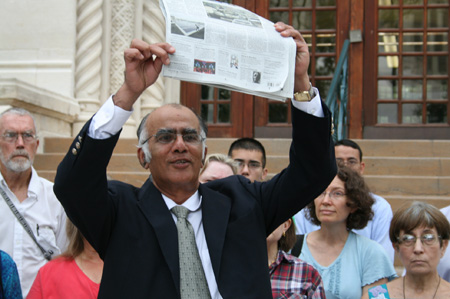SEED Coalition opposes any radioactive waste dumping in Texas, but at minimum seeks to prevent our state from receiving waste from more than just the two Compact States and becoming the nation’s radioactive waste dump. With support from Public Citizen, Environment Texas and Nuclear Information and Resource Service and other groups, they will submit comments today to the Texas Low-Level Radioactive Waste Disposal Compact Commission. The Proposed Import/Export Rule under consideration may open the door for Texas to becoming the nation’s nuclear dumping ground and we’re making recommendations to strengthen the rule and protect public health as safety .
State Rep. Lon Burnam (District 90, Ft. Worth) will ask a series of questions of the Compact Commissioners, and try to get answers as to why they are considering the weak and risky approach taken by the draft rule under consideration.
Some of SEED Coalition’s comments can be summarized as follows:
- The site should be limited to radioactive waste from Texas and Vermont, and have volume and radioactivity caps that match the license for the facility.
- Waste from Texas and Vermont would more than fill up the facility, and no Out of Compact Waste should be imported.
- The proposed import/ export rule needs to be strengthened and deemed a Major Environmental rule, so that more careful analysis can be done.
- Radionuclides must be carefully tracked and monitored. The public has a right to know what is shipped to the site and the level of radioactivity in curies.
- The public should be informed as to health risks from various radionuclides and meetings held in accord with the Open Meetings Act
The Compact Commission meets today beginning at 9 AM in Austin, Texas in the State Capitol Auditorium, E1.004, 1400 North Congress.
Visit www.NukeFreeTexas.org to find SEED’s comments, Rep. Burnam’s questions, a NIRS factsheet and the memo by nuclear expert Dr. Arjun Makhijani. Press release after the jump… (more…)

 Nuclear or Not? That’s the question on everyone’s lips in San Antonio these days, but some are still waiting to hear from the experts before they make a decision. What are the consequences and risks? What affordable and safe options exist? We want to know, but we want to hear from folks we can trust.
Nuclear or Not? That’s the question on everyone’s lips in San Antonio these days, but some are still waiting to hear from the experts before they make a decision. What are the consequences and risks? What affordable and safe options exist? We want to know, but we want to hear from folks we can trust.




